Description
Programming is the art of expressing solutions to problems so that a computer can execute those solutions. Much of the effort in programming is spent finding and refining solutions. Often, a problem is only fully understood through the process of programming a solution for it.
This book is for someone who has never programmed before but is willing to work hard to learn. It helps you understand the principles and acquire the practical skills of programming using the C++ programming language.
My aim is for you to gain sufficient knowledge and experience to perform simple useful programming tasks using the best up-to-date techniques. How long will that take? As part of a first-year university course, you can work through this book in a semester (assuming that you have a workload of four courses of average difficulty).
If you work by yourself, don’t expect to spend less time than that (maybe 15 hours a week for 14 weeks). Three months may seem a long time, but there’s a lot to learn and you’ll be writing your first simple programs after about an hour. Also, all learning is gradual: each chapter introduces new useful concepts and illustrates them with examples inspired by real-world uses. Your ability to express ideas in code — getting a computer to do what you want it to do — gradually and steadily increases as you go along. I never say, “Learn a month’s worth of theory and then see if you can use it.

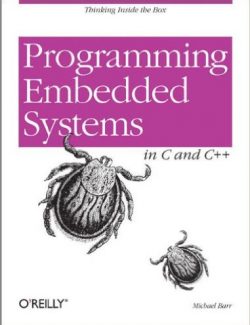
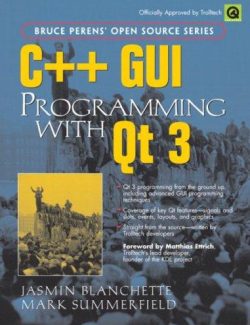



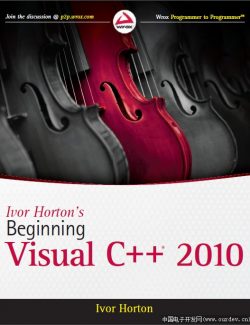
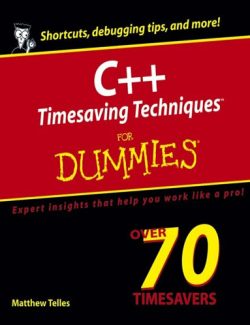

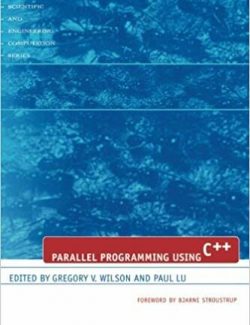



Leave us a comment
No Comments